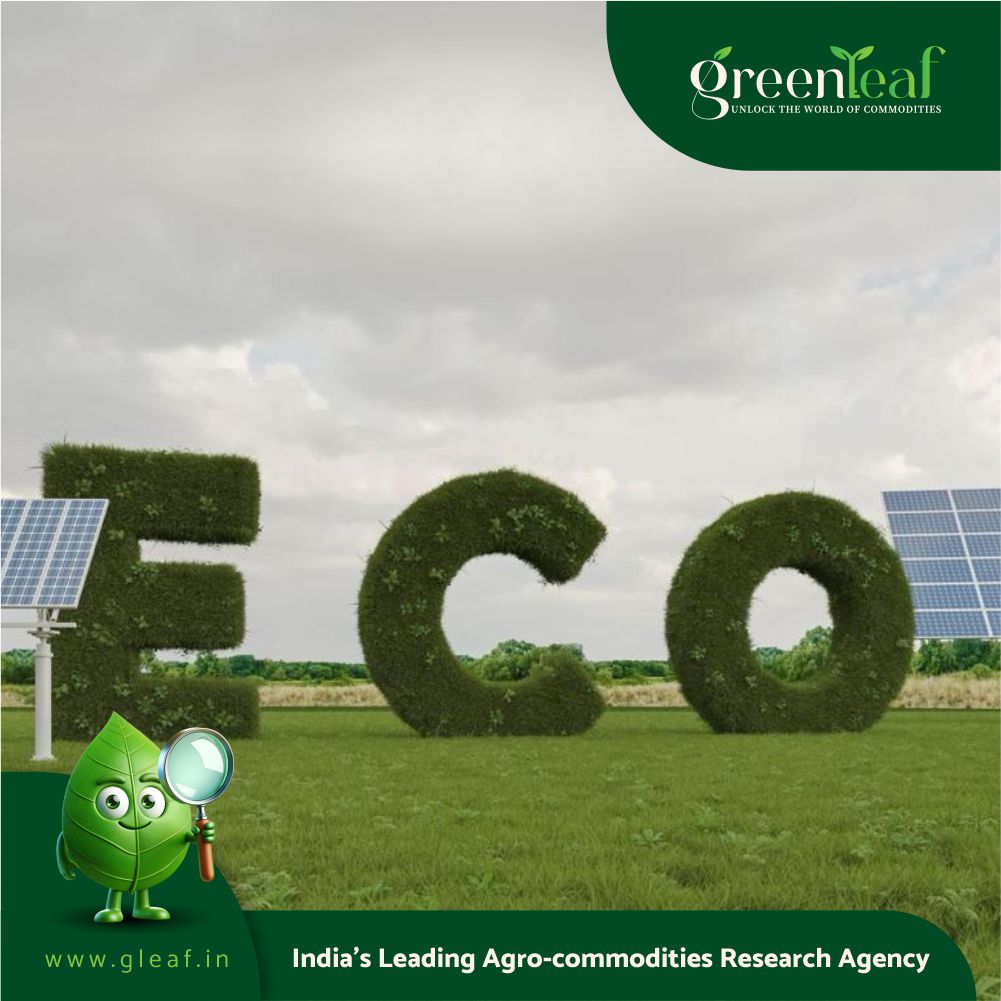It is not often that a single molecule captures the imagination of an entire nation. But hydrogen — the lightest element on Earth — is suddenly carrying the heaviest expectations of India’s clean-energy transition. In global climate conversations, it is no longer a whisper; it is a thunderous promise. As India races to unlock vast renewable capacity and industries chart their decarbonisation paths, green hydrogen is emerging as the fuel that could power factories, clean up refineries, and propel long-haul transport without carbon emissions.
At the centre of this vision is the National Green Hydrogen Mission, led by MNRE with support from key ministries, which targets five million tonnes annually by 2030, backed by hydrogen valleys, industrial parks, and electrolyser manufacturing. Confidence is high that India can meet its climate goals and shape global supply chains — yet beneath this excitement lies a quieter, more fragile reality.
India’s green hydrogen ambition faces a stark water-energy paradox. Electrolysis demands nearly nine litres of purified water per kilogram of hydrogen, far more when accounting for cooling and purification losses. Yet, India already extracts one-quarter of the world’s groundwater (more than China and the US combined), with aquifers falling by up to four metres due to subsidised farm pumping. Several States blessed with intense solar radiation — ideal for powering electrolysers — are simultaneously cursed with extreme water stress. This includes Rajasthan, Gujarat, Odisha and Tamil Nadu.















